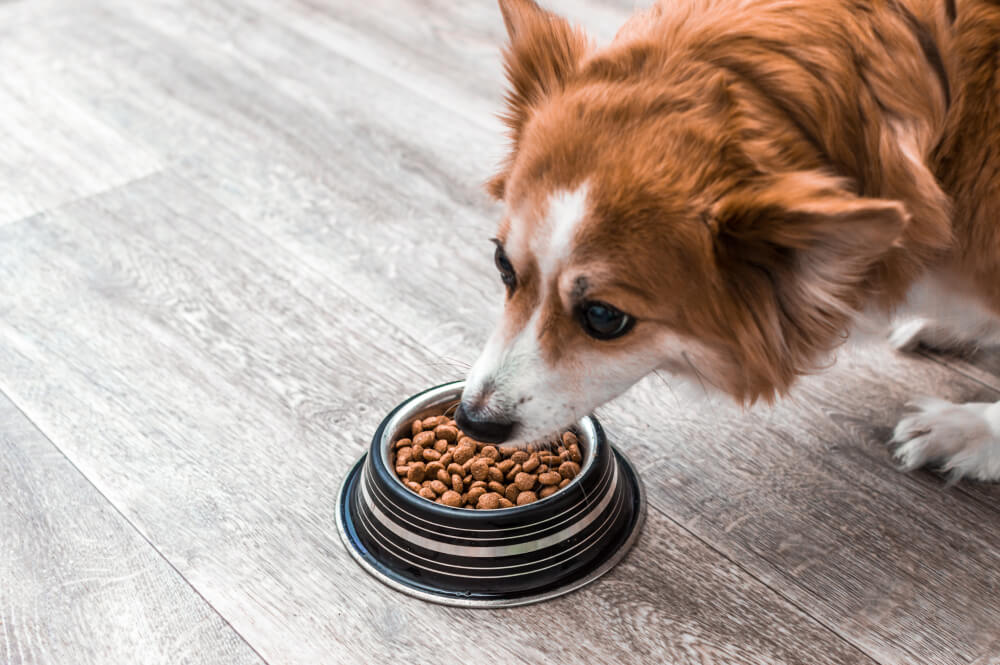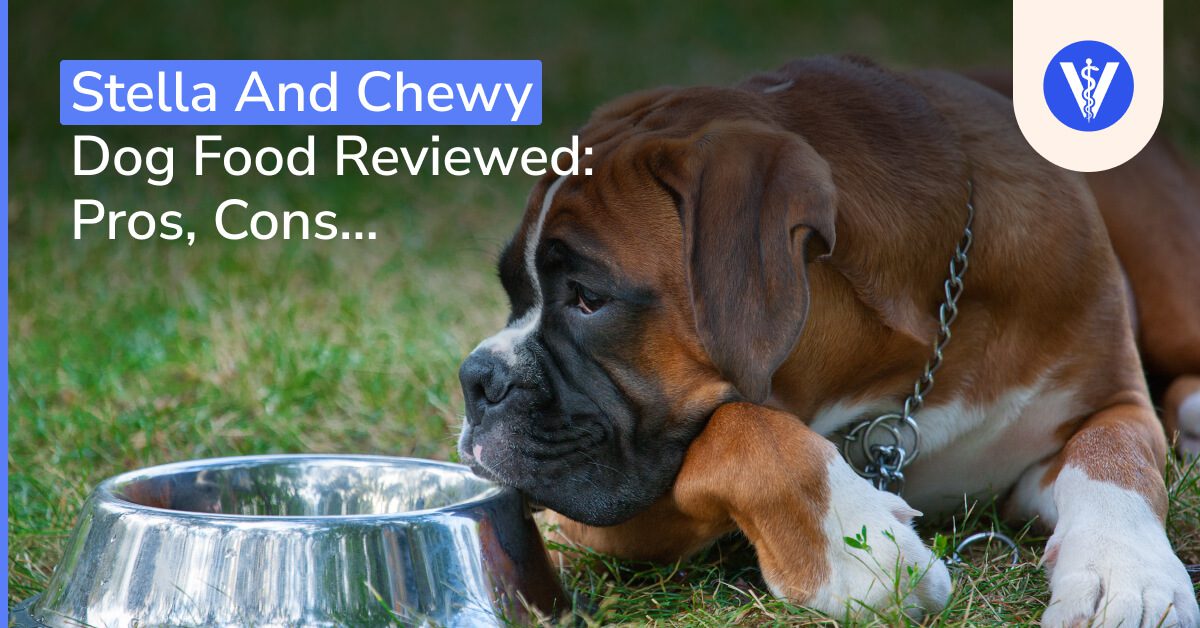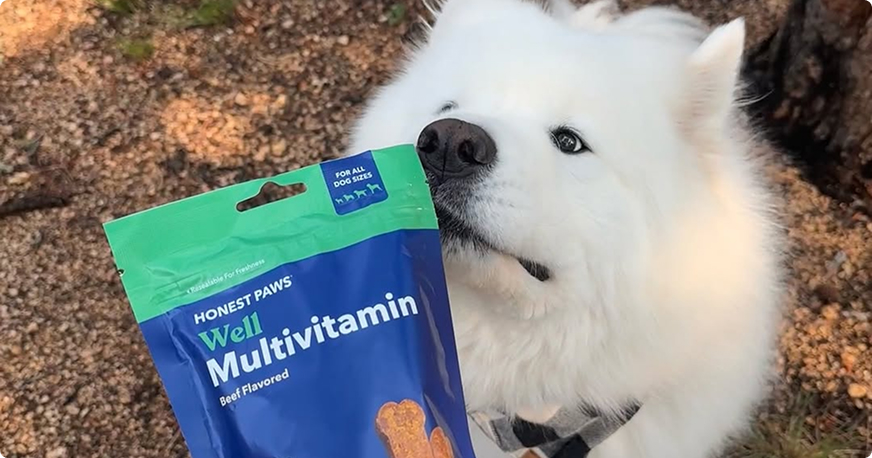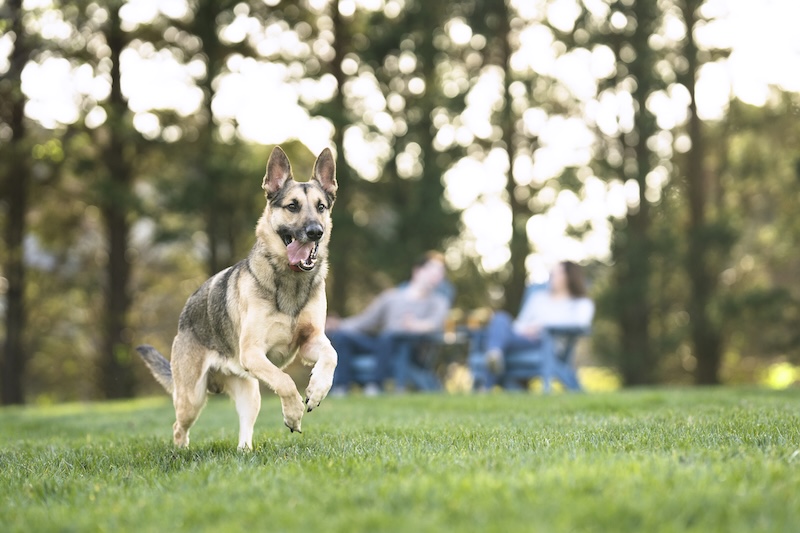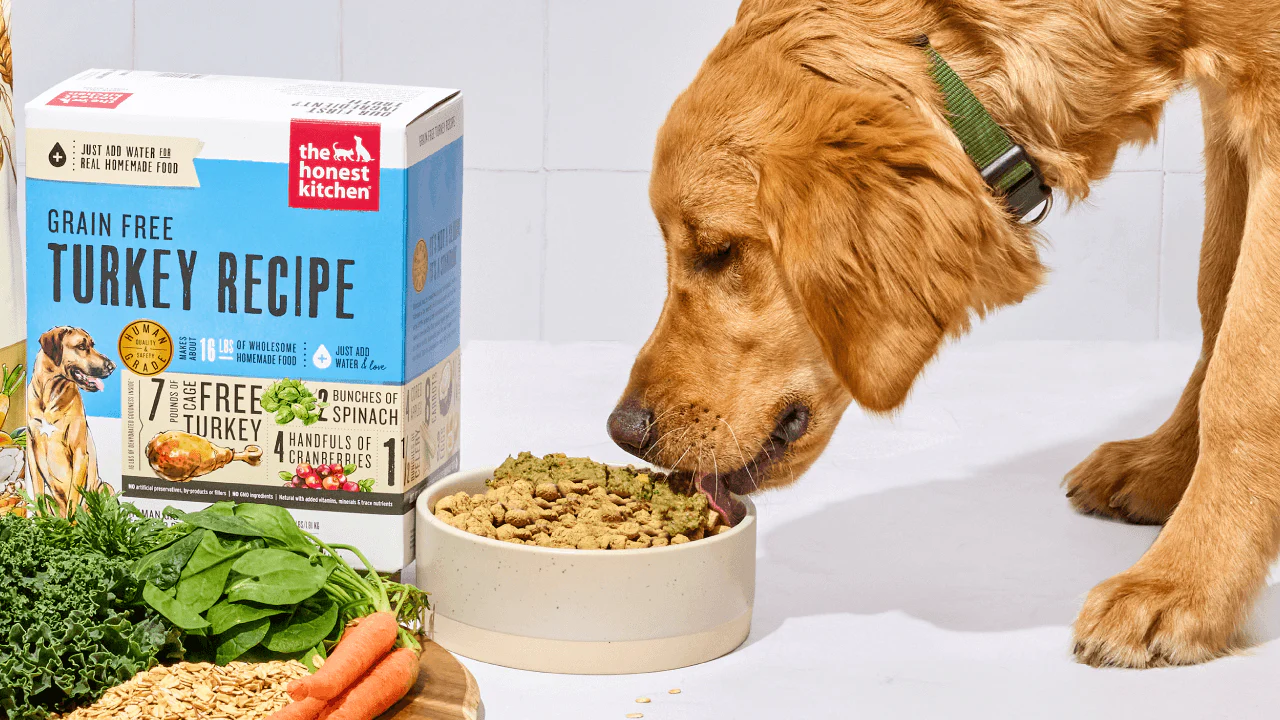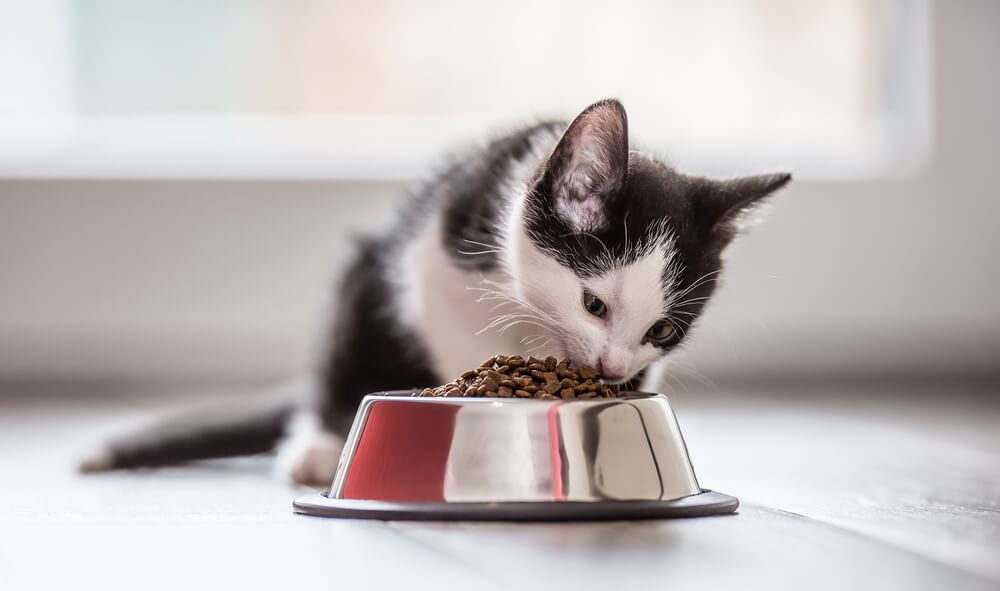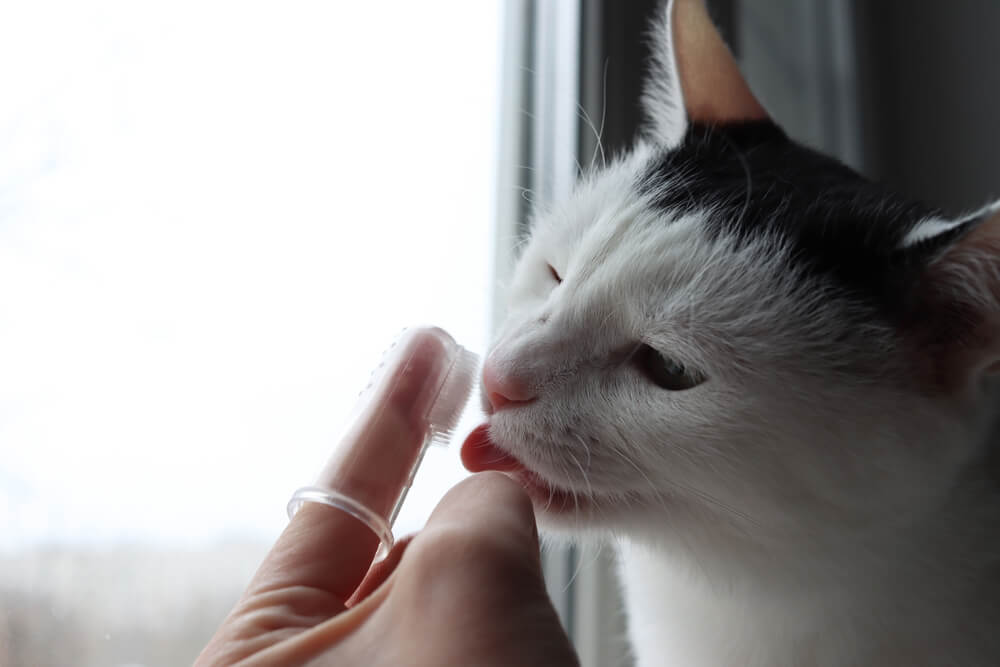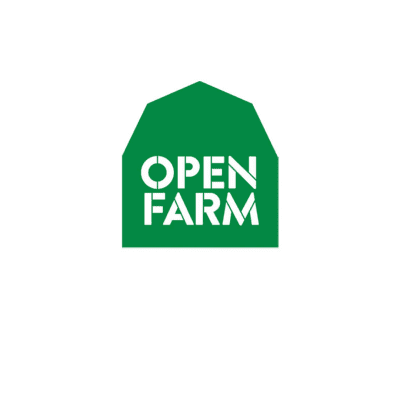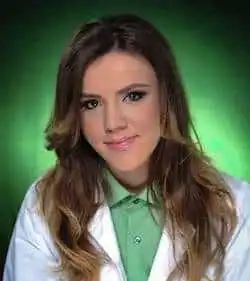A Guide to Cherry Eye in Dogs: Is This A Dog Eye Infection?
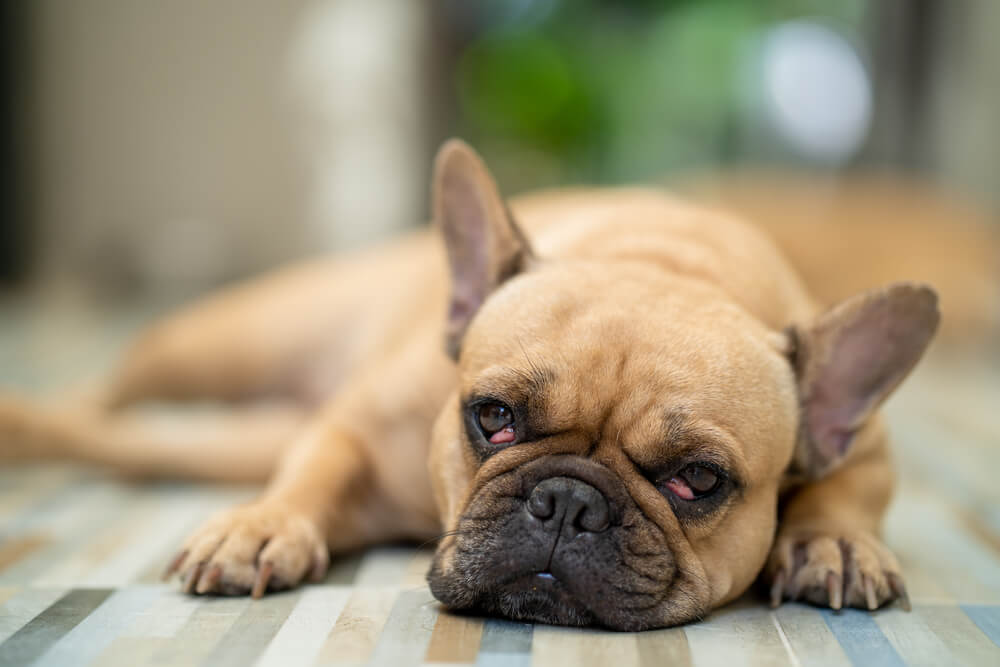

A Guide to Cherry Eye in Dogs: Is This A Dog Eye Infection?
Table of Contents
What Is Cherry Eye in Dogs?
Cherry eye in dogs is a condition in which the dog’s third eyelid (membrana nictitans or palpebra tertia) prolapses. Typically, the third eyelid lies beneath the inner corner of the eye and holds a tear gland. This tear gland produces up to 50% of the watery part of the eye’s tear film.
Both the third eyelid and its tear gland are held into position by connective tissue (ligaments). If they become loose or broken, the third eyelid will prolapse, resembling a red cherry in the dog’s corner of the eye, hence the name cherry eye.
Cherry eye is more common in young dogs, that are less than a year old, and in certain breeds of dogs. It can occur in one or both eyes.
Is Cherry Eye Harmful?
Yes, it can be.
Cherry eye is not dangerous on its own or in the initial phases. However, as it grows, it increases the risk of eye infection. Plus, it rubs the surface of the eye (cornea), which may cause damage in the form of corneal ulcers.
Also, if it grows too big in size, it may impair normal vision. Usually, young dogs with proplase of the third eyelid can experience this issue – as the cherry grows as they grow.
Is Cherry Eye Contagious?
No, cherry eye is not contagious and cannot be passed from one dog to another or from dogs to humans. However, as we mentioned, it increases the risk of eye infections. Some eye infections can be contagious.
What Triggers Cherry Eye in Dogs?
There are several triggers that can lead to cherry eye in dogs:
- Genetics. Some dog breeds are predisposed to third eyelid issues. Those are American Cocker Spaniels, Bloodhounds, Beagles, English Bulldogs, Mastiffs, Shar-pei, Lhasa Apsos, Boston Terriers, and Newfoundlands. The Burmese cat is also prone. If looking into these breeds, it is vital to find a reputable breeder.
- Weak Third Eyelid Ligaments. Normally, the third eyelid and the gland of the third eyelid are held in place by ligaments. If these ligaments are weak, they can either stretch or even rupture. Both scenarios result in prolapse of the membrane and gland. The exact reason the ligaments are weak is unknown.
What Are the Symptoms of Cherry Eye in Dogs?
Let us look at some of the most common symptoms of cherry eye in dogs:
- Cherry at the Corner of the Eye. The most obvious and easy-to-spot symptom of a prolapsed gland in the third eyelid is the small cherry in the inner corner of the dog’s eye. The gland that pops out becomes red, which is quite easy to spot, even to the untrained eye of a specialist.
- Pawing at the Eye. A dog with prolapsed third eyelid and gland will paw at its eye frequently in an attempt to remove the cause of discomfort. This can worsen the situation – it can inflict physical damage or trigger an eye infection.
- Eye Irritation. Over time, there will be signs of eye irritation, like redness and swelling. There can also be increased tear production and formation of eye discharge and crusts at the eye corners. Conjunctivitis is a typical result of third eyelid prolapse in dogs.
- Difficulty Seeing. If the cherry grows too big, it can impair the dog’s vision. A dog that does not see properly will act confused and bump into objects. This is particularly true for new and unfamiliar environments.
How Do You Treat Cherry Eye in Dogs?
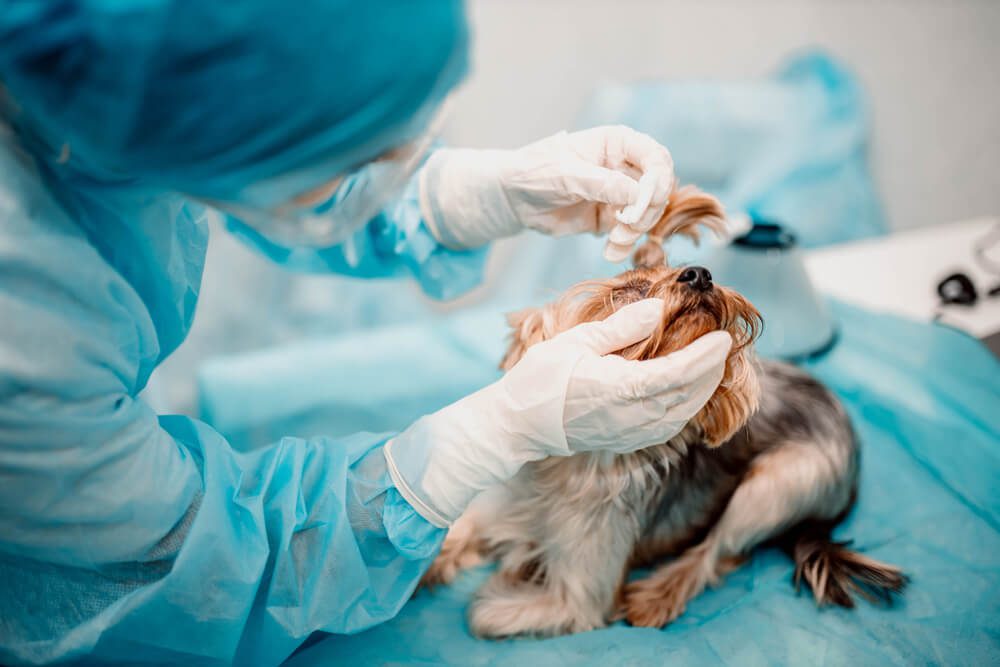
Treating cherry eyes involves a surgical procedure called the mucosal pocket technique.
It is performed by a veterinary ophthalmologist under general anesthesia, and it is considered to be minimally invasive and routine.
First, the vet will perform a full physical examination to assess the overall pet health and determine whether there is an anesthesia risk. Then, if necessary, they may recommend anti-inflammatory eye drops to reduce the inflammation prior to surgery.
As for the surgery, the veterinary surgeon will make a tiny pocket in the third eyelid and reposition the prolapsed tear gland into the pocket. Then, they will close the pocket with sutures and suture the entire pocket to the inside of the lower eyelid (to keep it in place).
The success rate of this surgical treatment is higher if the procedure is done early on. Re-prolapse of the gland is likely if the cherry eye stays for long before the surgery.
The described surgical technique is new. In the past, the surgical treatment of choice was the removal of the tear gland. Today, this practice is abandoned as it results in dry eye (since this tear gland is responsible for up to 50% of the tear production). To prevent dry eye, a dog that had its tear gland removed would have to stay on eye drops and artificial tears for the rest of its life.
What Happens if Cherry Eye is Left Untreated?
If left untreated, cherry eye in dogs can cause several complications:
- Incomplete Eye Closure. The prolapsed nictitating membrane can make it impossible for the dog to close its eye completely. This can result in dry eye or keratoconjunctivitis sicca.
- Dry Eyes. Dry eyes can also be the result of halted tear production. The prolapsed third eyelid gland loses its function over time, thus leading to keratoconjunctivitis sicca.
- Corneal Ulcers. The constant rubbing of the eye surfaces results in corneal damage – erosions followed by more profound defects such as corneal ulcers.
- Eye Infections. Secondary bacterial eye infections are a common complication of cherry eye in dogs. Eye infections can be detrimental and require immediate help.
- Impaired Vision. In severe cases, when the cherry is too big, it can impair vision. Vision issues can also occur if the above-mentioned complications are left untreated (they can even result in blindness).
How Long Does it Take for Cherry Eye to Heal?
The cherry eye surgery is minimally invasive, and it usually takes dogs around 14 days to heal. During the recovery period, pet owners will be instructed to put eye drops in the dog’s eyes and ensure the dogs wear Elizabethan collars.
In most cases, the dog’s eye regains its normal function within a few weeks after the surgery.
What Is the Best Way to Prevent Cherry Eye?
Cherry eye in dogs cannot be prevented. However, there are some things pet owners can do to minimize the risk and catch the condition early on. Here are some tips:
- Choosing a Breeder. Since there is a genetic component to the condition, it is important to get your puppy from a reputable breeder.
- Eye Supplements. Eye supplements for dogs cannot prevent the development of the cherry eye in predisposed dogs but can improve overall eye health and vision.
- Proper Grooming. Grooming itself cannot prevent the third eyelid and tear gland prolapse, but it is an excellent opportunity to inspect your dog’s eyes and catch any abnormalities.
- Regular Vet Visits. Finally, never underestimate the power of vet visits. Taking your dog to the vet periodically can prevent the outbreak of eye conditions before they flare up.
